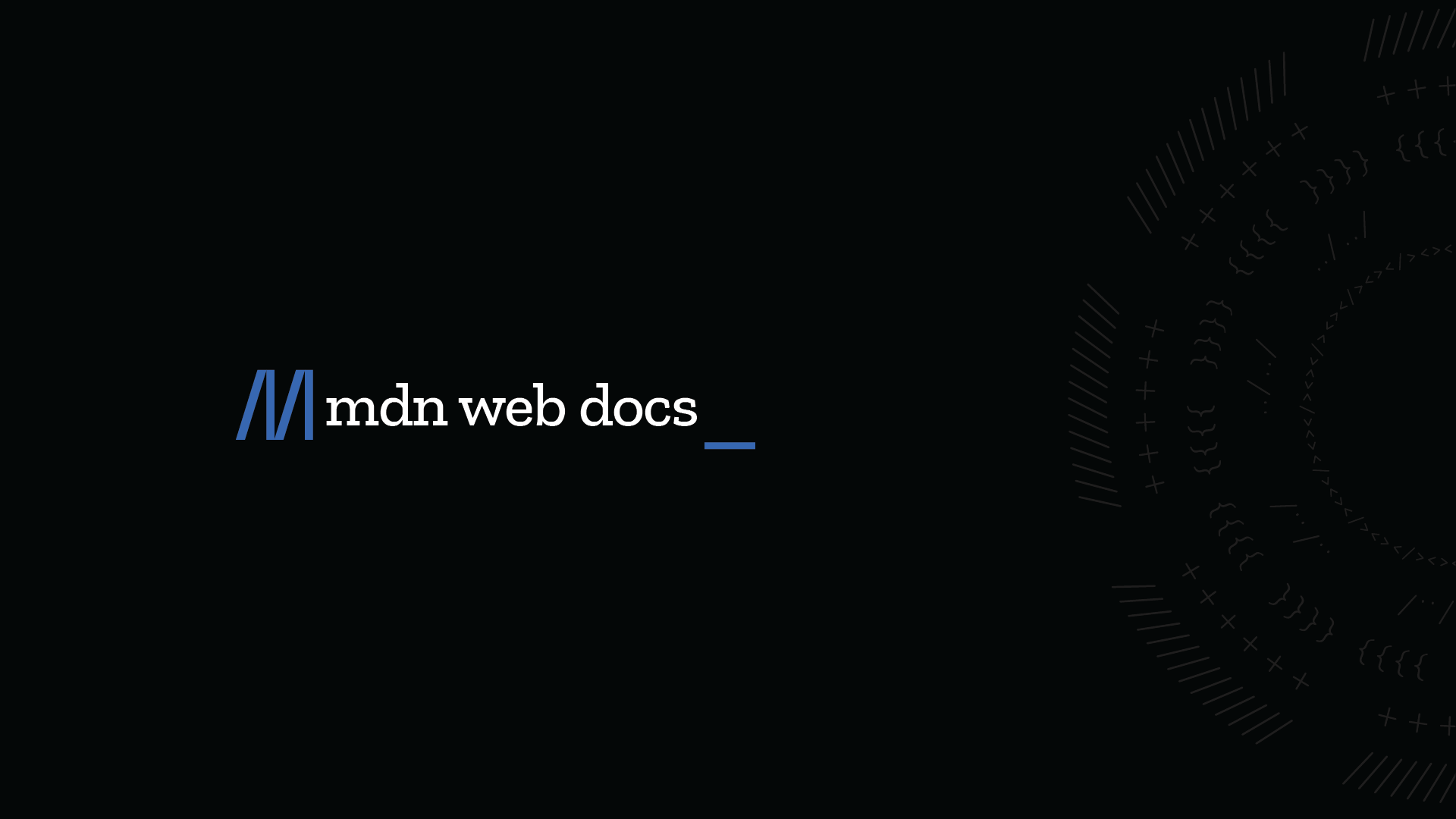developer.mozilla.org/en-US/docs/Web/API/Server-sent_events/Using_server-sent_events
Preview meta tags from the developer.mozilla.org website.
Linked Hostnames
15- 52 links todeveloper.mozilla.org
- 6 links togithub.com
- 6 links towww.mozilla.org
- 1 link tobsky.app
- 1 link tobugzil.la
- 1 link tocrbug.com
- 1 link todiscourse.mozilla.org
- 1 link tofoundation.mozilla.org
Thumbnail

Search Engine Appearance
Using server-sent events - Web APIs | MDN
Developing a web application that uses server-sent events is straightforward. You'll need a bit of code on the server to stream events to the front-end, but the client side code works almost identically to websockets in part of handling incoming events. This is a one-way connection, so you can't send events from a client to a server.
Bing
Using server-sent events - Web APIs | MDN
Developing a web application that uses server-sent events is straightforward. You'll need a bit of code on the server to stream events to the front-end, but the client side code works almost identically to websockets in part of handling incoming events. This is a one-way connection, so you can't send events from a client to a server.
DuckDuckGo
Using server-sent events - Web APIs | MDN
Developing a web application that uses server-sent events is straightforward. You'll need a bit of code on the server to stream events to the front-end, but the client side code works almost identically to websockets in part of handling incoming events. This is a one-way connection, so you can't send events from a client to a server.
General Meta Tags
11- titleUsing server-sent events - Web APIs | MDN
- titleMDN Web Docs
- titleMDN logo
- charsetutf-8
- viewportwidth=device-width,initial-scale=1
Open Graph Meta Tags
11- og:urlhttps://developer.mozilla.org/en-US/docs/Web/API/Server-sent_events/Using_server-sent_events
- og:titleUsing server-sent events - Web APIs | MDN
- og:typewebsite
og:locale
en_US- og:descriptionDeveloping a web application that uses server-sent events is straightforward. You'll need a bit of code on the server to stream events to the front-end, but the client side code works almost identically to websockets in part of handling incoming events. This is a one-way connection, so you can't send events from a client to a server.
Twitter Meta Tags
2- twitter:cardsummary_large_image
- twitter:creatorMozDevNet
Link Tags
9- alternatehttps://developer.mozilla.org/en-US/blog/rss.xml
- alternate iconhttps://developer.mozilla.org/favicon.svg
- apple-touch-iconhttps://developer.mozilla.org/apple-touch-icon.528534bba673c38049c2.png
- canonicalhttps://developer.mozilla.org/en-US/docs/Web/API/Server-sent_events/Using_server-sent_events
- manifesthttps://developer.mozilla.org/manifest.f42880861b394dd4dc9b.json
Website Locales
10de
https://developer.mozilla.org/de/docs/Web/API/Server-sent_events/Using_server-sent_eventsen
https://developer.mozilla.org/en-US/docs/Web/API/Server-sent_events/Using_server-sent_eventses
https://developer.mozilla.org/es/docs/Web/API/Server-sent_events/Using_server-sent_eventsfr
https://developer.mozilla.org/fr/docs/Web/API/Server-sent_events/Using_server-sent_eventsja
https://developer.mozilla.org/ja/docs/Web/API/Server-sent_events/Using_server-sent_events
Links
76- https://bsky.app/profile/developer.mozilla.org
- https://bugzil.la/906896
- https://crbug.com/275955
- https://developer.mozilla.org
- https://developer.mozilla.org/de/docs/Web/API/Server-sent_events/Using_server-sent_events